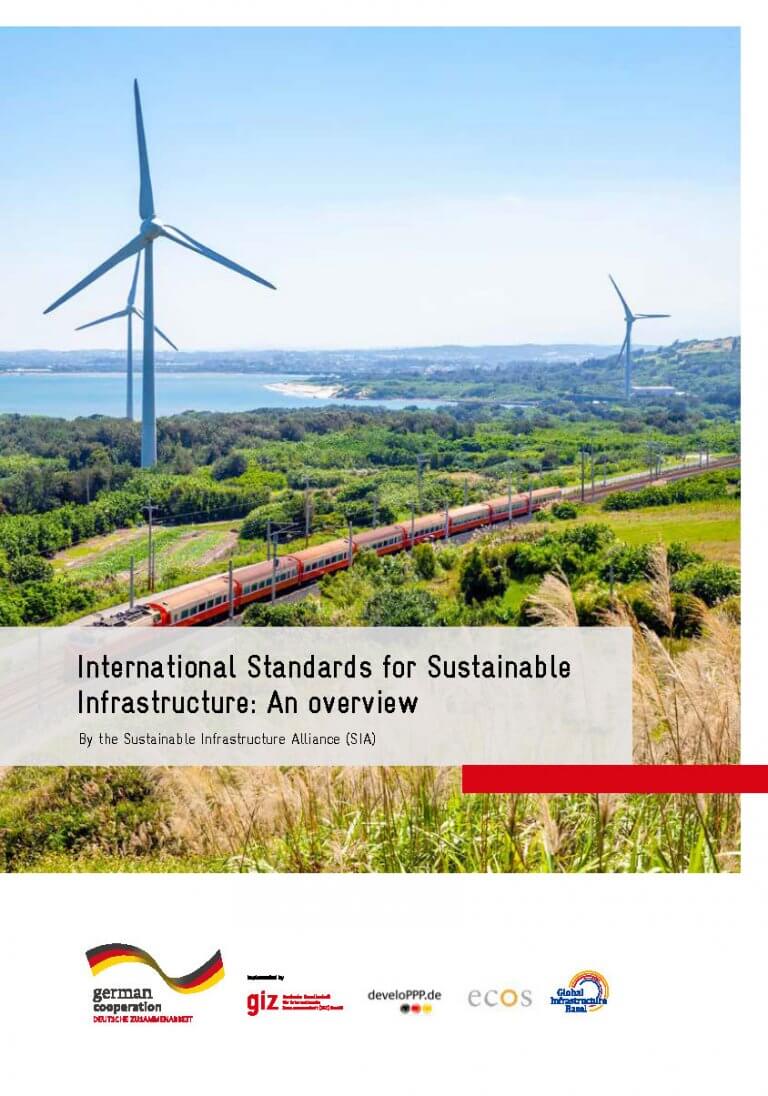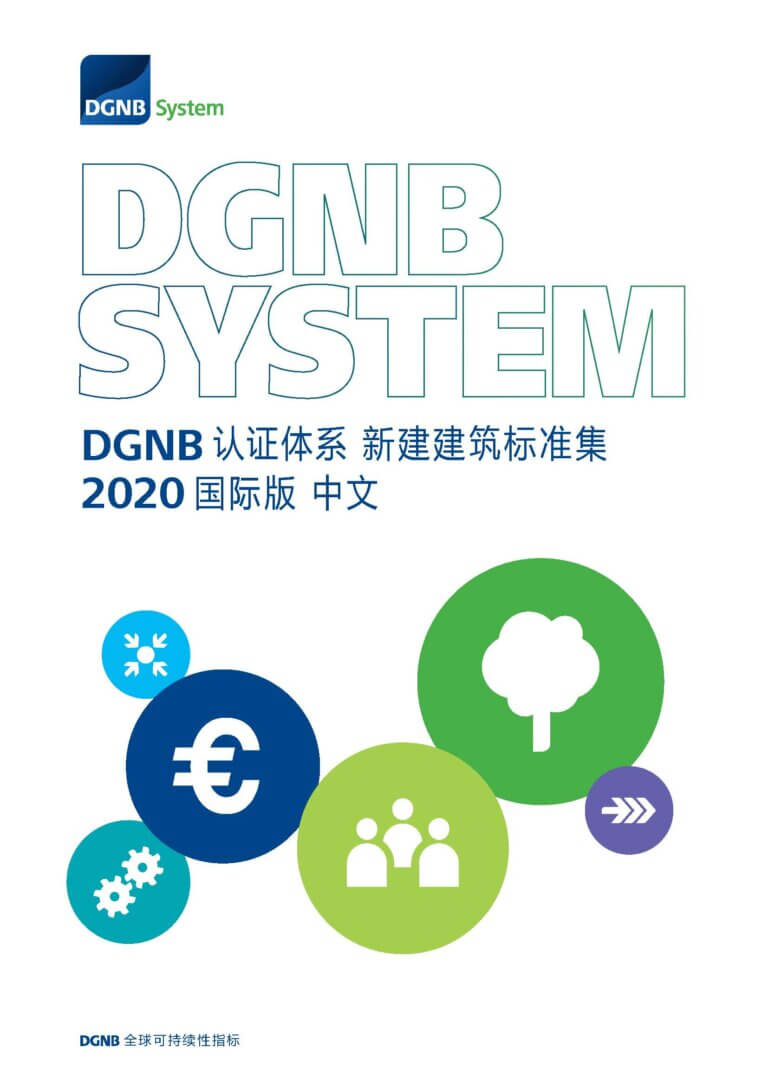Infrastructure investments are inherently long-lasting and, taken as a whole, infrastructure has a profound impact on the economies, environment, and society of the places where they are located. Decisions taken at the planning and investment stage of the infrastructure sector—such as in roads or energy facilities—often have implications that last for generations, and guide settlement and economic patterns decades after the initial asset has reached the end of its usable life. Yet only in recent decades have investors begun to take explicit account of environmental, social, and governance (ESG) factors for this asset class, and the degree of consideration varies. This paper outlines the importance of explicitly taking ESG factors into account at the planning and investment stage, discusses the trends in this regard based on existing literature and evidence, and lays out the current status of standards that can help investors include ESG analysis on a consistent basis. The paper places a special emphasis on emerging economies and developing countries where, until recently, investors have considered ESG factors less prominently than in Europe or North America—even though these are the regions where new infrastructure is most needed, and where large-scale infrastructure investment will likely focus






